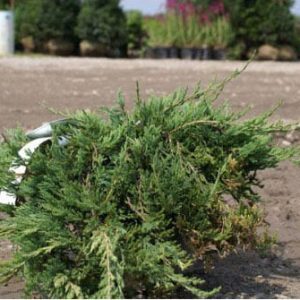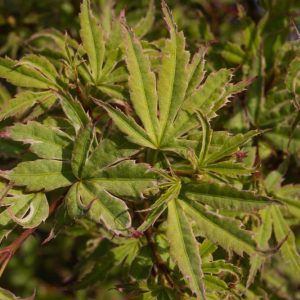Description
Phalaris –
There are 15 tufted, annual grasses or spreading rhizomatous perennial grasses in the Poaceae family, in this genus. They occur in extremely variable habitats in temperate regions, from dry slopes to moist lake margins on every continent except Antarctica. They produce compact panicles of ovate spikelets, each with 1-3 flowers. They produces leaves that are pale to mid green, usually broadly linear and flat, with short points. P. arundinacea and its cultivars need to be contained if grown in a mixed or herbaceous border, but are good as a groundcover, or planted at the side of a pond or stream.
Grow in any soil in full sun or partial shade. Cut back dead foliage in early spring. On variegated cultivars, which may otherwise revert to plain green after mid summer, cut back in early summer to encourage fresh growth. Color is best in cooler weather. Divide from mid spring to mid summer.
Prone to ergot, rust, smut, brown patch, and a variety of leaf spots.
P. arundinacea – Reed Canary Grass – Ribbon Grass – This erect, evergreen, rhizomatous, perennial grass from North America, Eurasia, and Southern Africa grow to 5′ feet tall with an indefinite spread. It produces flat, linear, short pointed, blue green leaves, to 14″ long, occasionally striped yellow. In early and mid summer it bears narrow panicles, to 7″ long, of purple or pale green spikelets, fading to buff with age. Can be invasive.
Zones 4-9





